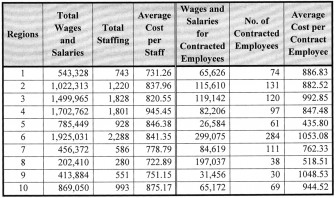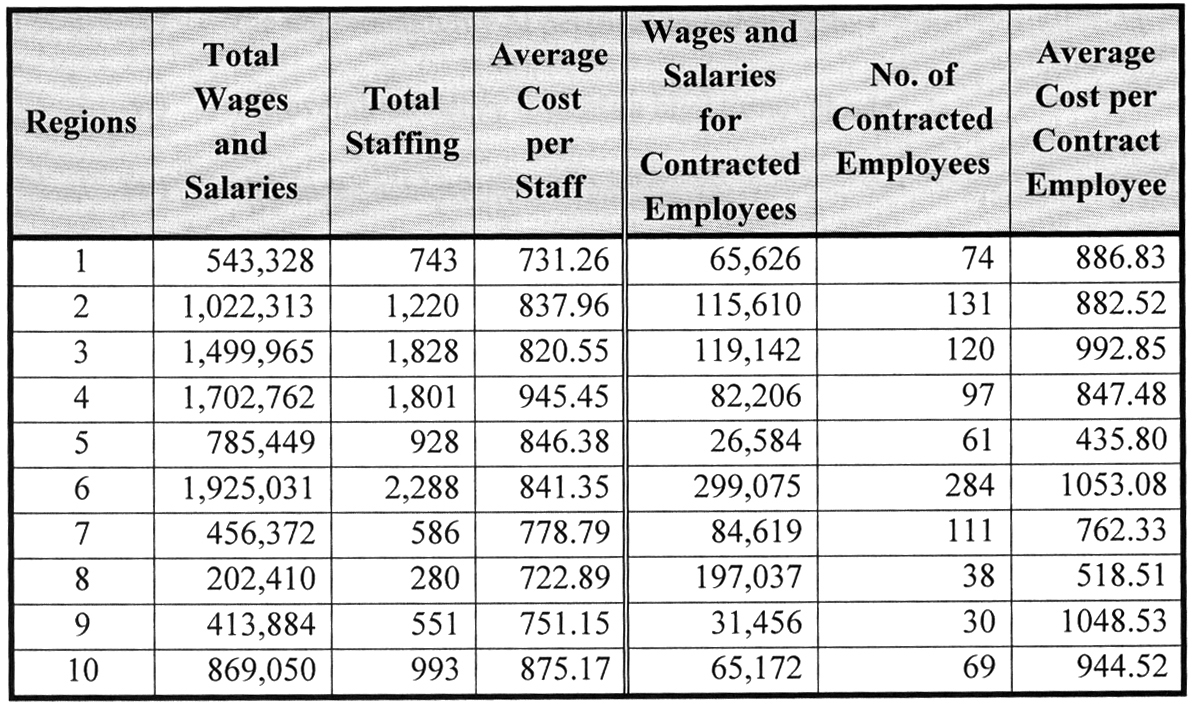Dear Editor,
The Public Service Ministry should be the subject of an intensive performance review, in light of the recommendations made by at least three consultancies (since 2000) on the modernisation of the public service, including the updating of the Public Service Rules, which are in any case too often observed in the breach.
So that when, as reported, the subject Minister claims that contracted employees are usually paid at the same rate as established public servants in the same or similar jobs, it would help the ministry’s credibility if it were to present a comprehensive database providing authentic information on the subject.
More than a decade ago, before contract employment had become the norm it now officially is for Grades 1 and 2 personnel, there were examples (all verifiable) of cleaners and drivers contracted by individual budget agencies at levels of pay not only above that of the individual counterpart, but also above the maxima of the respective scales. But this is only a tiny drop in the ocean of mismanagement (or rather non-management) of the compensation regimes across the public service.
The fact is that the autonomy with which ‘senior’ budget agencies operate, too many appointments remain unknown to the Public Service Ministry (as of course they are to the Public Service Commission). There is no overarching mechanism for monitoring the recruitment of contracted employees – up to the highest level. The exception perhaps would be seen at times in interventions of the Office of the President in the selection and reward process.
There is no known central registry of the public service employees outside the Ministry of Finance, Accountant General Office, where cheques are issued, but where also there are identifiable contrasts in pay between ‘contracted’ and ‘established’ employees in certain units.
Additionally, there is evidence of even established public servants being paid normally above not only the maxima of their respective scales, but also above those of the next higher scales. This confused, if not chaotic, situation arises from the Public Service Rules authorising the delegation to recruit and appoint, to the following, amongst others, Permanent Secretaries, Heads of Department and Regional Executive Officers.
There is also provision for public servants in ‘professional and certain other categories’ to opt for contract employment.
So far as the Regional Administration is concerned, it would appear that the Regional Executive Officer quoted above is not really a public servant, since the position, unlike that of Permanent Secretary, has never been included in the National Estimates, a conundrum in which all are contracted employees, in whose recruitment the PSM has no say.
In terms of Regional Administration a detailed comparability of costs of wages/salaries obtaining in the regions is shown at the table following:
Figures: G$’000. Source: Ministry of Finance (2012).

Hopefully the figures speak for themselves.
It must be understood that each Regional Executive Officer wields extensive authority in respect of the programmes operating in the assigned region, including agriculture, public works, health and education delivery.
There is little or no information about employment criteria for the jobs available, and of the appointment process, since the relevant vacancies are not generally advertised.
Concerns which emerge from this under-monitored arrangement, further compromised by the relative ineffectiveness of Regional Democratic Councils, can well include the following:
i) the personalised non-systematic selection of recruits at a certain level
ii) the (in)discretion inherent in valuing jobs, irrespective of the applicable rules;
iii) the pervading threat of easy termination of employment
iv) the consequent lack of sustainability even of the indifferent level of productivity which derives from variable qualifications and experience
v) the unpredictability of personal career growth;
vi) the overall tendency towards a high turnover rate;
vii) the under-achievement of set targets;
viii) the eventual inflated costs of projects.
Across the public service there is the question of longevity of service, particularly since contracted employees are eligible for gratuity payment every six months, at the rate of 22.5% of salary, so that they do not have to think of retirement and pension in the long term. (Note however that too significant a proportion of contracted employees are retirees.)
Somewhere in the mêlée the overall arrangement must have implications for sustained NIS contributions at least. At another level it virtually guarantees the premature departure of what institutional memory may have accumulated.
Perhaps most fundamentally, the prevalent recruitment of contracted employees perverts the procedures and rules well established by the Public Service Commission, making this institution increasingly irrelevant to the administration.
Yours faithfully,
E B John






